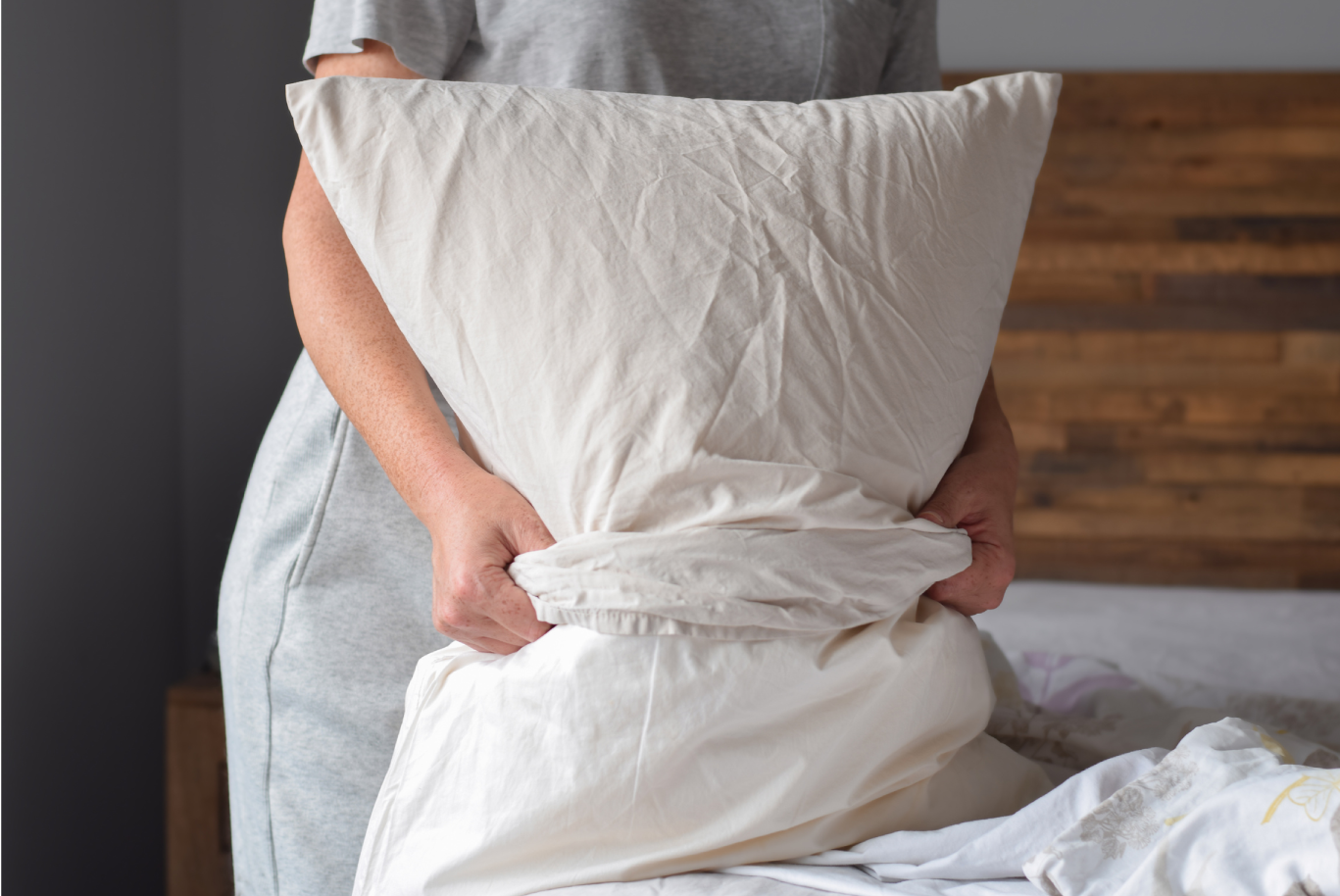A Complete Guide to Pillowcases


We often think about our pillows and how soft, firm, or supportive they are, but how often do we consider the pillowcases that protect them? Pillowcases not only protect your pillow, but they also impact your comfort and the longevity of your bedding. Here are three key things to consider when choosing the right pillowcase for your needs.
1. Fabric First
Choosing the right fabric is essential for comfort and durability. While synthetic fabrics like satin may feel smooth at first, they often lack breathability and wear out more quickly. Instead, opt for high-quality natural fabrics like cotton. Cotton pillowcases offer better breathability, last longer, and are easier to maintain.
2. Choose a Reliable Online Store
Opt for reputable online retailers with a wide selection of sheets and brands. Look for sites that offer competitive prices, frequent promotions, and solid customer service. Good stores will also provide free delivery and flexible return policies.
Cotton comes in various weaves to suit your preferences. You can choose between:
- Sateen for a smooth, silky feel
- Percale for a crisp, cool texture
- Flannel for warmth and coziness during cooler months.
By investing in a natural fabric like cotton, you’ll enjoy both comfort and durability for years.
2. Size Matters
Picking the right size pillowcase is just as important as choosing the right fabric.
Here are the typical pillow sizes in the U.S.:
- Euro pillow (26” x 26”): Often used for decorative purposes or placed against the
headboard. - Standard pillow (20” x 26”): Common for twin, full, and queen beds.
- King pillow (20” x 36”): Ideal for king-size beds.
- Boudoir pillow: A smaller pillow often used for neck support or decoration.
If you’re refreshing your bedding, take this opportunity to consider the size and type of pillows you’re using. Matching your pillowcase to your pillow size ensures proper fit and support.
3. Shams and Closures
Finally, it’s important to consider the details. Pillowcases and shams may seem similar, but they serve slightly different purposes.
- Pillowcases are open on one side and are typically used for sleeping pillows.
- Shams, on the other hand, are decorative covers with a finished edge on all sides.
- They often open in the back and are used for decorative pillows like Euros or
Boudoirs.
When it comes to closures, consider how you sleep and your maintenance routine.
Common options include:
- Envelope-style openings (easy to slip pillows in and out)
- Zippers (keep pillows securely inside)
- Ties or overlap fabric closures (more decorative, often seen on shams)
Whether you're looking for practicality or style, choosing the right pillowcase fabric, size, and closure will enhance both the look and comfort of your bed. Happy pillowcase shopping!
